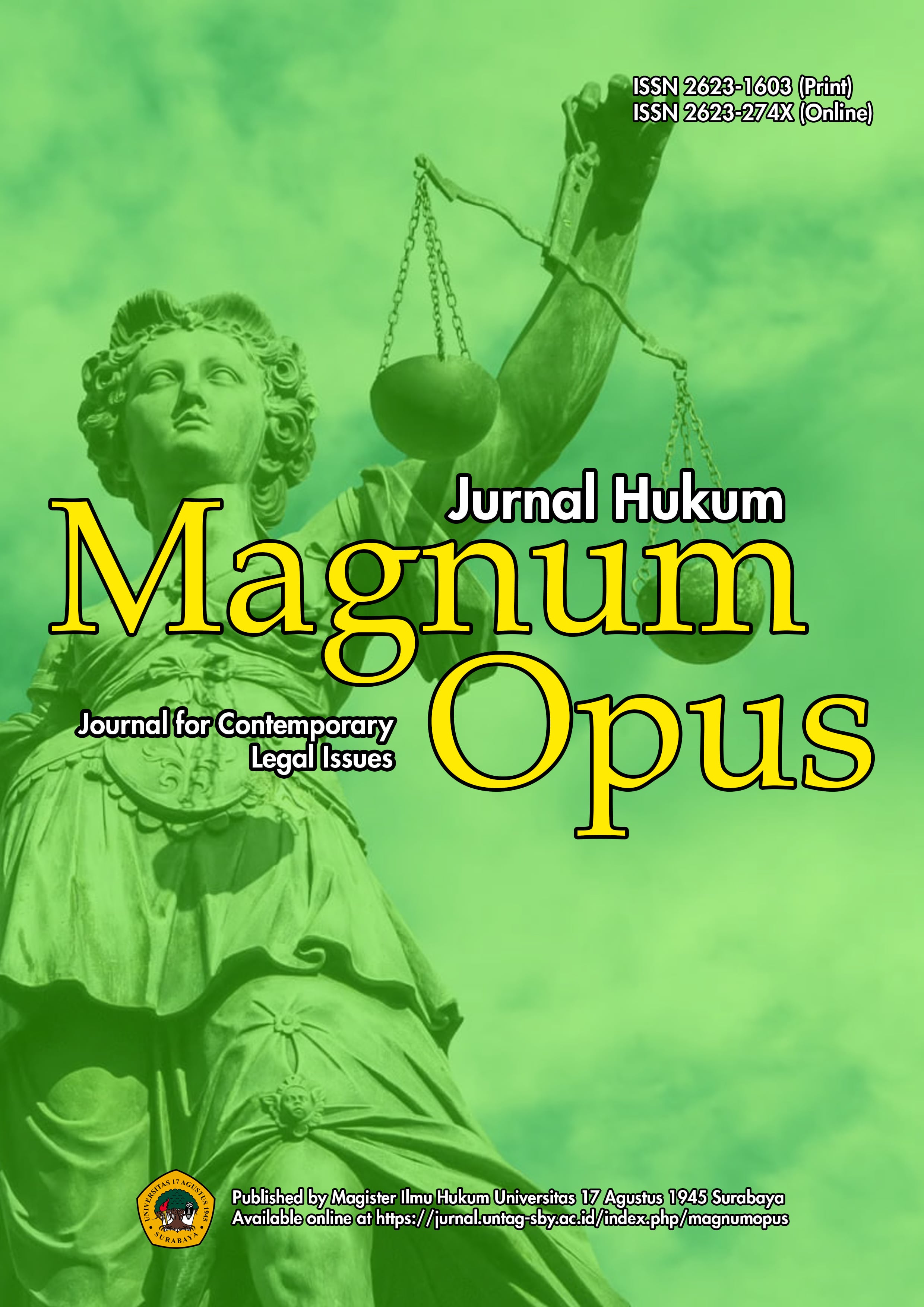Covid-19 and the Growth of Telemedicine in Nigeria: Prospect, Legal Issues and Challenges
DOI:
https://doi.org/10.30996/jhmo.v8i2.13104Keywords:
teleconsent, telemedicine, covid-19 and medicine, ict and healthcare, telehealthAbstract
Though telemedicine is not a recent development, the advancement of technology and the advent of COVID-19 especially its social distancing and lockdown policies triggered its wide acceptance as a means of accessing healthcare services in Nigeria. This paper, therefore, examines the operation of telemedicine in Nigeria by navigating through its legal framework and challenges. The study underscores the loopholes in the existing laws on telemedicine in Nigeria. The study adopts both quantitative and qualitative research methodologies. The quantitative methodology involves the use of an online questionnaire survey sent to 131 respondents (randomly selected) who reside in Nigeria. Analytical and descriptive methods were utilised in analysing the data obtained. The qualitative methodology involves the reliance on primary and secondary sources material. The study finds that lack of a specific legal framework, poor power supply, illiteracy, lack/poor internet services, cyber fraud, and so on are the factors that have stifled the growth of telemedicine in Nigeria. The study concludes that though telemedicine has come to stay in Nigeria, the country may not enjoy all the blessings that telemedicine offers other great nations with more developed economies if these challenges are not addressed swiftly. The study therefore recommends amongst others the enactment of a law that specifically regulates telemedicine in Nigeria, especially in the area of teleconsent, data protection, and privacy This will enhance the exponential growth of telemedicine in Nigeria.Downloads
Download data is not yet available.
Downloads
Published
2025-08-02
Issue
Section
Articles
License
Authors who publish with Jurnal Hukum Magnum Opus agree to the following terms:
- Authors transfer the copyright and grant the journal right of first publication with the work simultaneously licensed under a Creative Commons Attribution-ShareAlike 4.0 International License.. that allows others to share the work with an acknowledgement of the work's authorship and initial publication in this journal.
- Authors are able to enter into separate, additional contractual arrangements for the non-exclusive distribution of the journal's published version of the work (e.g., post it to an institutional repository or publish it in a book), with an acknowledgement of its initial publication in this journal.
- Authors are permitted and encouraged to post their work online (e.g., in institutional repositories or on their website) prior to and during the submission process, as it can lead to productive exchanges, as well as earlier and greater citation of published work (See The Effect of Open Access)













